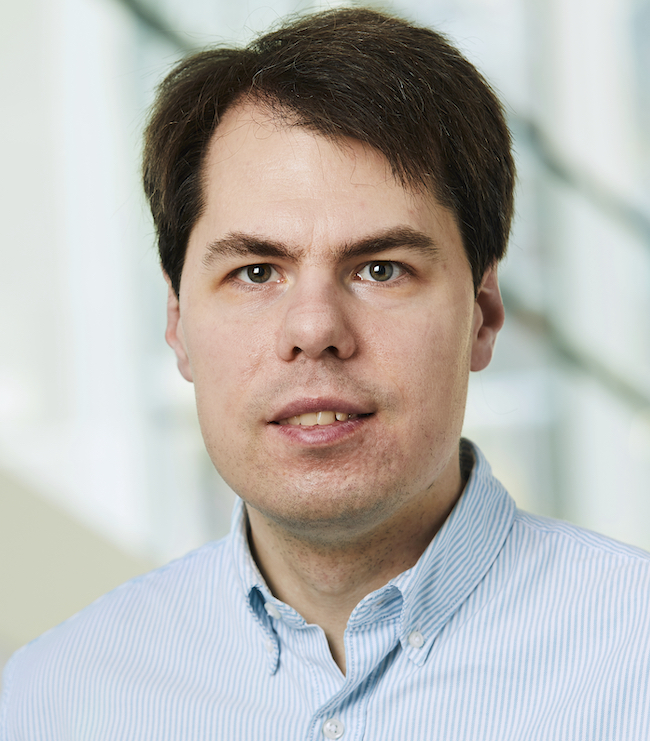- March 24, 2023
Mats Persson
Mats Persson is assistant professor at the Department of Physics, KTH Royal Institute of Technology

My research is focused on new medical X-ray imaging techniques. The next leap forward for computed tomography (CT) is the introduction of photon-counting detectors, a technology that promises images with better diagnostic quality and improved capability to measure tissue composition, and at lower doses of radiation for the patient. The goal of this research is to develop the data processing and reconstruction methods required to harness the full potential of this new hardware, which is currently at the prototype stage. The ultimate purpose is to improve the clinical diagnosis. As this area of research is highly interdisciplinary, I am working in close collaboration with the hardware development group at our department, headed by Mats Danielsson, mathematical researchers at KTH and medical researchers at Karolinska Institutet.
What kind of impact are you hoping your research will have?
I hope to develop the next generation of CT detector technology to the point where it can be used in clinical practice, and to develop the necessary data processing so that we can enjoy all of the benefits made possible by the new hardware. This will provide doctors with X-ray images with higher spatial resolution, less noise and better measurement accuracy. In turn, this improved accuracy can facilitate data-driven radiology research by ensuring the reproducibility of quantitative measurements across patient populations and healthcare providers.
When might the results of this research be of practical use to patients?
My goal is for the imaging technology we are developing now to be in use clinically within five years. In the longer term, this highly accurate photon-counting CT technology has the potential to becoming the standard worldwide within the next 10–20 years, taking medical X-ray imaging to a new level, with improved diagnostic performance, lower radiation doses and greater potential for the development of data-driven research and diagnosis.
What is your background and motivation as a researcher?
I graduate from KTH with a PhD in physics in 2016, with a doctoral dissertation on the development of photon-counting silicon detectors for spectral CT. After graduating, I spent three years in the United States as a postdoctoral fellow at Stanford University and the General Electric Research Center, where I developed performance metrics and data processing algorithms for photon-counting CT.
As a physicist, I am motivated by my desire to push the boundaries of scientific knowledge and interdisciplinary collaboration to find smart ways to improve medical imaging and thereby providing healthcare professionals with better tools to improve the health of their patients.

